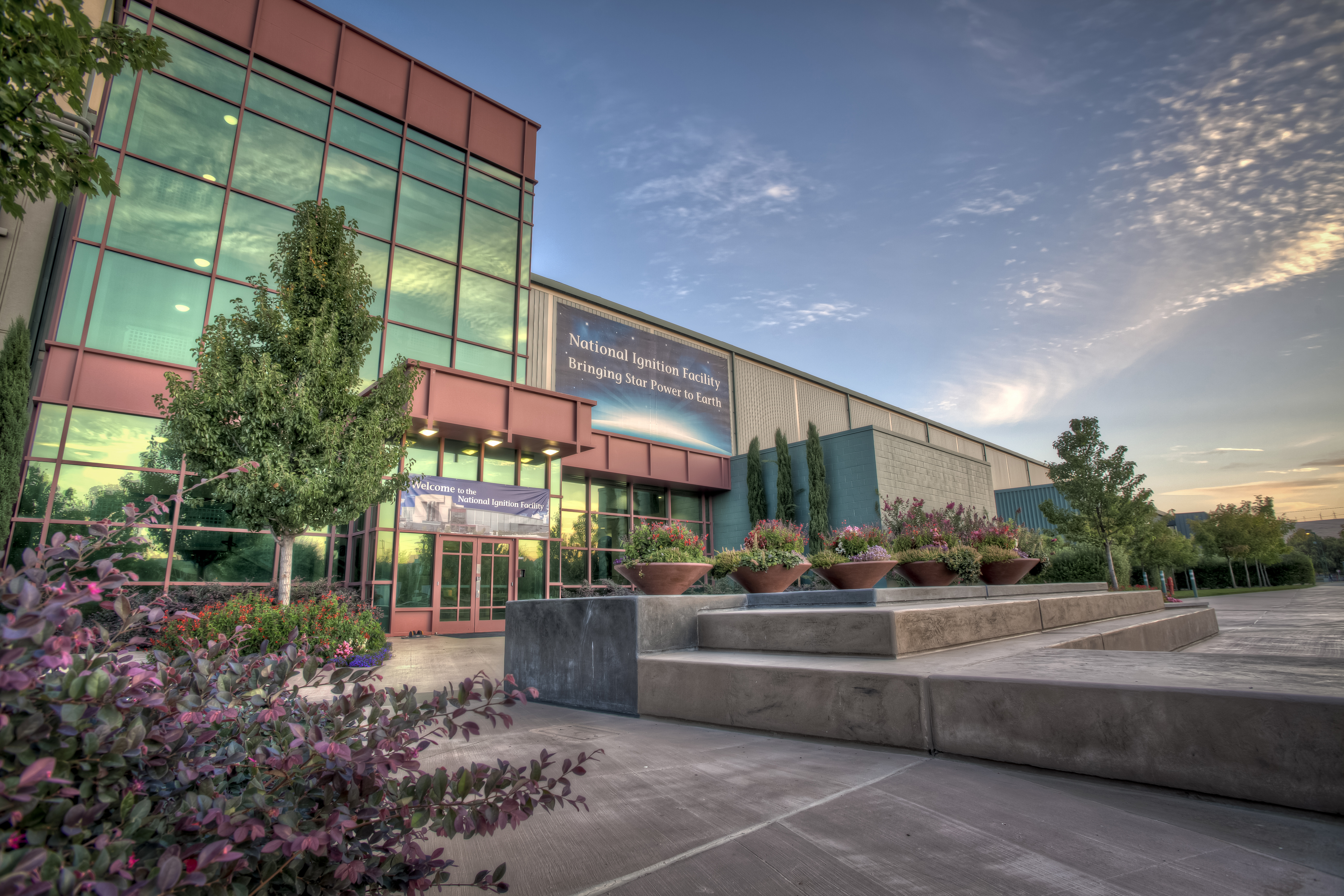|
LX-14
LX-14 and LX-14-0 are polymer-bonded explosives developed by Lawrence Livermore National Laboratory and used in nuclear weapons in the United States. Ingredients LX-14 is made of HMX HMX, also called octogen, is a powerful and relatively insensitive nitroamine high explosive, chemically related to RDX. Like RDX, the compound's name is the subject of much speculation, having been variously listed as High Melting Explosive, Her ... explosive powder (95.5%) and Estane and 5702-Fl plastic binders (4.5%). Properties LX-14-0 has a density of 1830 kg/m3, detonation velocity of 8,830 m/s and detonation pressure of 37 GPa. References Explosives Polymer-bonded explosives Lawrence Livermore National Laboratory {{US-mil-stub ... [...More Info...] [...Related Items...] OR: [Wikipedia] [Google] [Baidu] |
Polymer-bonded Explosive
Polymer-bonded explosives, also called PBX or plastic-bonded explosives, are explosive materials in which explosive powder is bound together in a matrix using small quantities (typically 5–10% by weight) of a synthetic polymer. PBXs are normally used for explosive materials that are not easily melted into a casting, or are otherwise difficult to form. PBX was first developed in 1952 at Los Alamos National Laboratory, as RDX embedded in polystyrene with dioctyl phthalate plasticizer. HMX compositions with teflon-based binders were developed in 1960s and 1970s for gun shells and for Apollo Lunar Surface Experiments Package (ALSEP) seismic experiments, although the latter experiments are usually cited as using hexanitrostilbene (HNS). Potential advantages Polymer-bonded explosives have several potential advantages: * If the polymer matrix is an elastomer (rubbery material), it tends to absorb shocks, making the PBX very insensitive to accidental detonation, and thus ideal for ... [...More Info...] [...Related Items...] OR: [Wikipedia] [Google] [Baidu] |
Lawrence Livermore National Laboratory
Lawrence Livermore National Laboratory (LLNL) is a federal research facility in Livermore, California, United States. The lab was originally established as the University of California Radiation Laboratory, Livermore Branch in 1952 in response to the detonation of the first atomic bomb by the Soviet Union during the Cold War. It later became autonomous in 1971 and was designated a national laboratory in 1981. A federally funded research and development center, Lawrence Livermore Lab is primarily funded by the U.S. Department of Energy and it is managed privately and operated by Lawrence Livermore National Security, LLC (a partnership of the University of California), Bechtel, BWX Technologies, AECOM, and Battelle Memorial Institute in affiliation with the Texas A&M University System. In 2012, the laboratory had the synthetic chemical element livermorium (element 116) named after it. Overview LLNL is self-described as a "premier research and development institution for sci ... [...More Info...] [...Related Items...] OR: [Wikipedia] [Google] [Baidu] |
Nuclear Weapons
A nuclear weapon is an explosive device that derives its destructive force from nuclear reactions, either fission (fission bomb) or a combination of fission and fusion reactions (thermonuclear bomb), producing a nuclear explosion. Both bomb types release large quantities of energy from relatively small amounts of matter. The first test of a fission ("atomic") bomb released an amount of energy approximately equal to . The first thermonuclear ("hydrogen") bomb test released energy approximately equal to . Nuclear bombs have had yields between 10 tons TNT (the W54) and 50 megatons for the Tsar Bomba (see TNT equivalent). A thermonuclear weapon weighing as little as can release energy equal to more than . A nuclear device no larger than a conventional bomb can devastate an entire city by blast, fire, and radiation. Since they are weapons of mass destruction, the proliferation of nuclear weapons is a focus of international relations policy. Nuclear weapons have been deployed ... [...More Info...] [...Related Items...] OR: [Wikipedia] [Google] [Baidu] |
LLNL
Lawrence Livermore National Laboratory (LLNL) is a federal research facility in Livermore, California, United States. The lab was originally established as the University of California Radiation Laboratory, Livermore Branch in 1952 in response to the detonation of the first atomic bomb by the Soviet Union during the Cold War. It later became autonomous in 1971 and was designated a national laboratory in 1981. A federally funded research and development center, Lawrence Livermore Lab is primarily funded by the U.S. Department of Energy and it is managed privately and operated by Lawrence Livermore National Security, LLC (a partnership of the University of California), Bechtel, BWX Technologies, AECOM, and Battelle Memorial Institute in affiliation with the Texas A&M University System. In 2012, the laboratory had the synthetic chemical element livermorium (element 116) named after it. Overview LLNL is self-described as a "premier research and development institution for scie ... [...More Info...] [...Related Items...] OR: [Wikipedia] [Google] [Baidu] |
Explosives
An explosive (or explosive material) is a reactive substance that contains a great amount of potential energy that can produce an explosion if released suddenly, usually accompanied by the production of light, heat, sound, and pressure. An explosive charge is a measured quantity of explosive material, which may either be composed solely of one ingredient or be a mixture containing at least two substances. The potential energy stored in an explosive material may, for example, be * chemical energy, such as nitroglycerin or grain dust * pressurized gas, such as a gas cylinder, aerosol can, or BLEVE * nuclear energy, such as in the fissile isotopes uranium-235 and plutonium-239 Explosive materials may be categorized by the speed at which they expand. Materials that detonate (the front of the chemical reaction moves faster through the material than the speed of sound) are said to be "high explosives" and materials that deflagrate are said to be "low explosives". Explosives may al ... [...More Info...] [...Related Items...] OR: [Wikipedia] [Google] [Baidu] |


